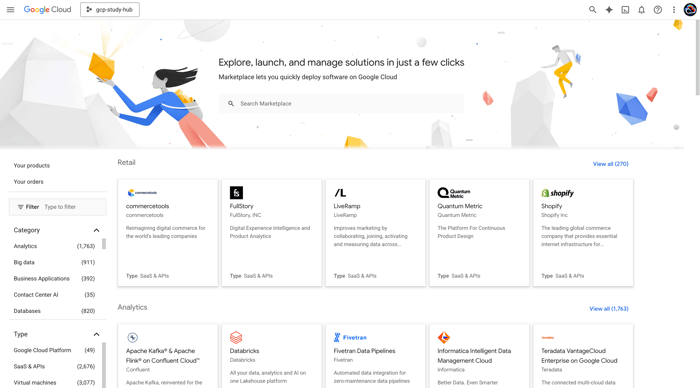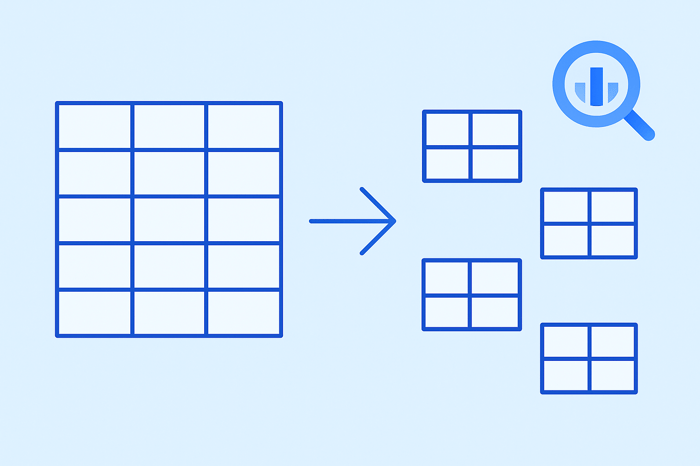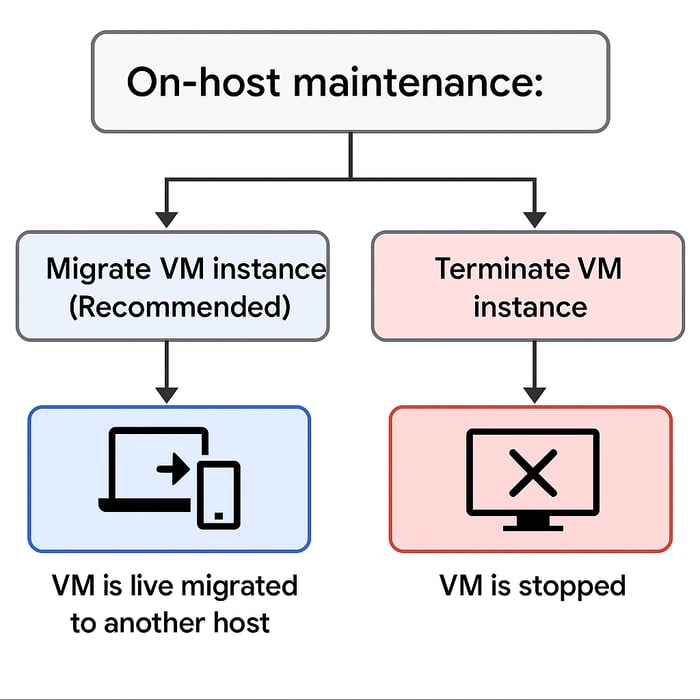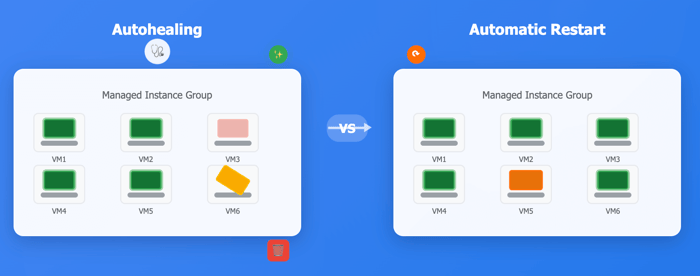If you're preparing for the Google Cloud Associate Cloud Engineer (ACE) certification exam, something that you need to know about, which many people overlook, is Google Cloud Marketplace. It might not seem like a central focus at first, but there may be one or two questions on the exam that test you knowledge of what it is and when to use it.
What is Google Cloud Marketplace?
Google Cloud Marketplace functions as an online store built directly into the GCP console. It offers a broad catalog of solutions you can deploy quickly, including virtual machine images, container-based apps, and fully managed software services. These packages are pre-configured to work with GCP, which means you can skip a lot of the manual setup and go straight to running the workload. That’s valuable when time or operational friction is a factor.

As you can see in this screenshot, the Google Cloud Marketplace offers a straightforward interface within the GCP console. It highlights a few featured solutions in areas like Retail and Analytics, with examples such as commercetools, FullStory, Shopify, Databricks, and Fivetran. You can filter by category or deployment type—like SaaS & APIs or virtual machines—which helps narrow things down when you're looking for something specific and already configured to work with GCP.
That said, this is just a small slice of what's available. The Marketplace also includes many other categories—like DevOps, operating systems, storage, databases, generative AI, healthcare, security, and financial services. It’s a broad catalog, and while not everything will be relevant to everyone, it’s worth knowing what’s there in case it helps streamline part of your deployment or setup process.
Example Exam Scenario
This is an example of the kind of scenario that could show up on the exam:
Your team wants to deploy MongoDB Atlas, a managed database service, to Google Cloud. You need a quick and easy way to deploy and install the solution. What should you do?
In this case, going to Google Cloud Marketplace, searching for "MongoDB Atlas," and launching it from there is likely the most efficient path.
The process is designed to minimize friction. There’s no need to write infrastructure templates or run a series of commands in the CLI. Instead, you’re using a pre-packaged, GCP-compatible solution that’s been vetted to integrate smoothly into your environment.
While this might seem overly simplified at first glance, it actually reflects a real-world tradeoff. Sometimes, the goal isn’t full control or customization. It’s speed and reliability. Marketplace lets you get something working with minimal setup, which is exactly what the exam is testing in scenarios that prioritize quick, practical deployment choices.
Guidelines for When Marketplace is the Answer
On the ACE exam, Google Cloud Marketplace questions usually hint at urgency or ease of deployment. You might see a question framed like, "You need to deploy a new instance of X with minimal setup time." If Marketplace is an option in that context, it’s often the correct choice. The key is recognizing the exam’s focus on practical tradeoffs. In situations where configuration time or complexity needs to be minimized, Google Cloud Marketplace is designed to meet that need.
It helps to understand what Google Cloud Marketplace is and what it isn’t. It’s not a substitute for knowing how to provision infrastructure manually. It’s also not the right choice when you need tight customization or integration into existing infrastructure as code pipelines. But when the goal is speed and you don’t want to reinvent the wheel, it’s an efficient and reliable tool.
In short, keep Google Cloud Marketplace in mind when you’re faced with questions about deploying solutions fast and with low friction. On the exam and in real projects, it offers a clear, direct way to get working software into your cloud environment without spinning up extra complexity. That kind of clarity, knowing when a tool genuinely saves you effort, is exactly what the ACE exam is trying to test.
Continue Practicing
If you'd like more help preparing for the Associate Cloud Engineer exam, you can head over to my full course.





